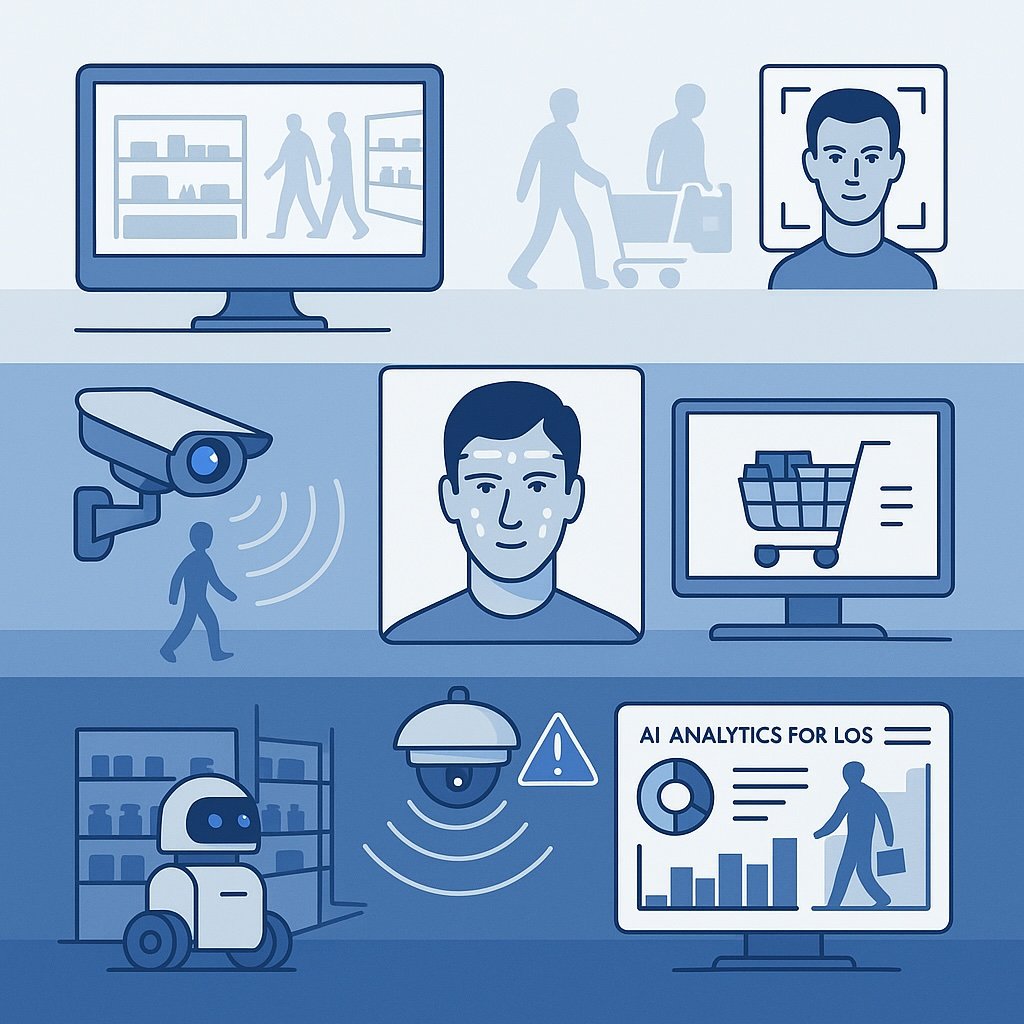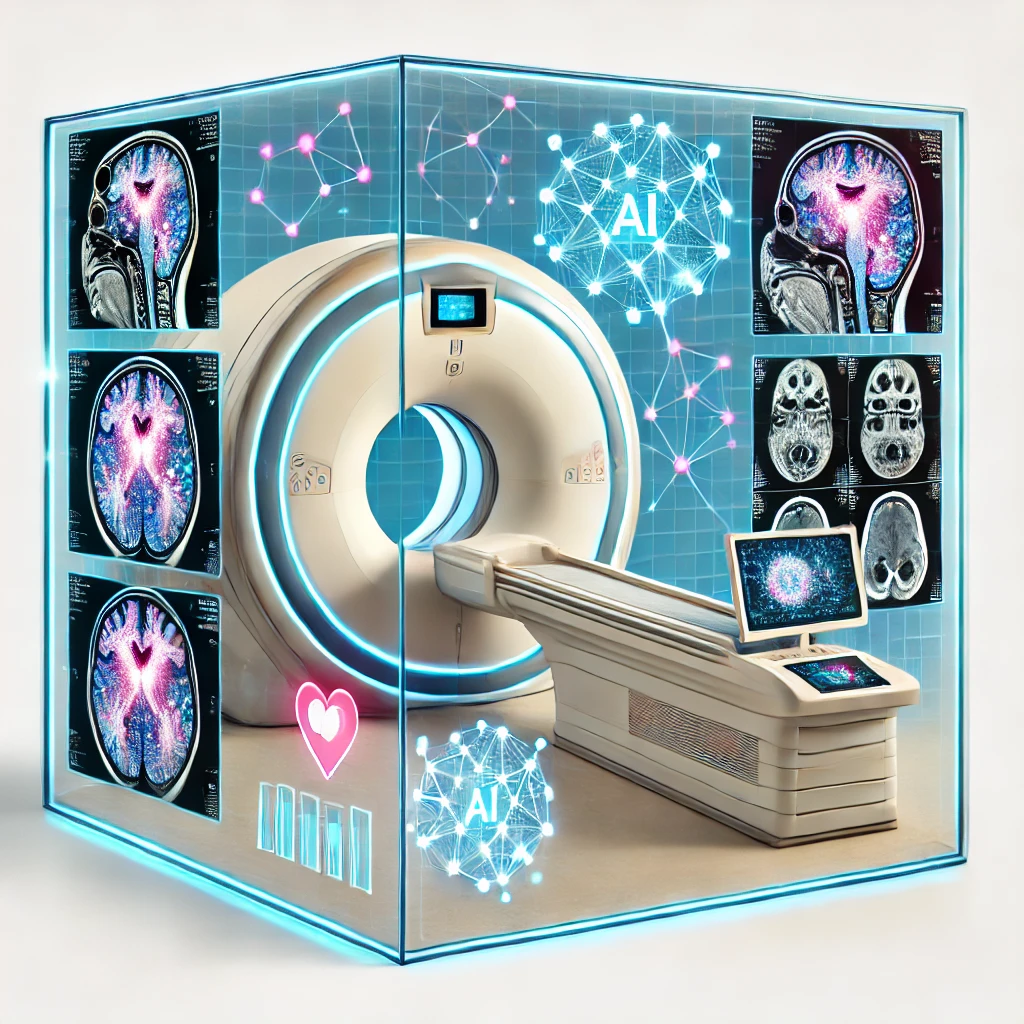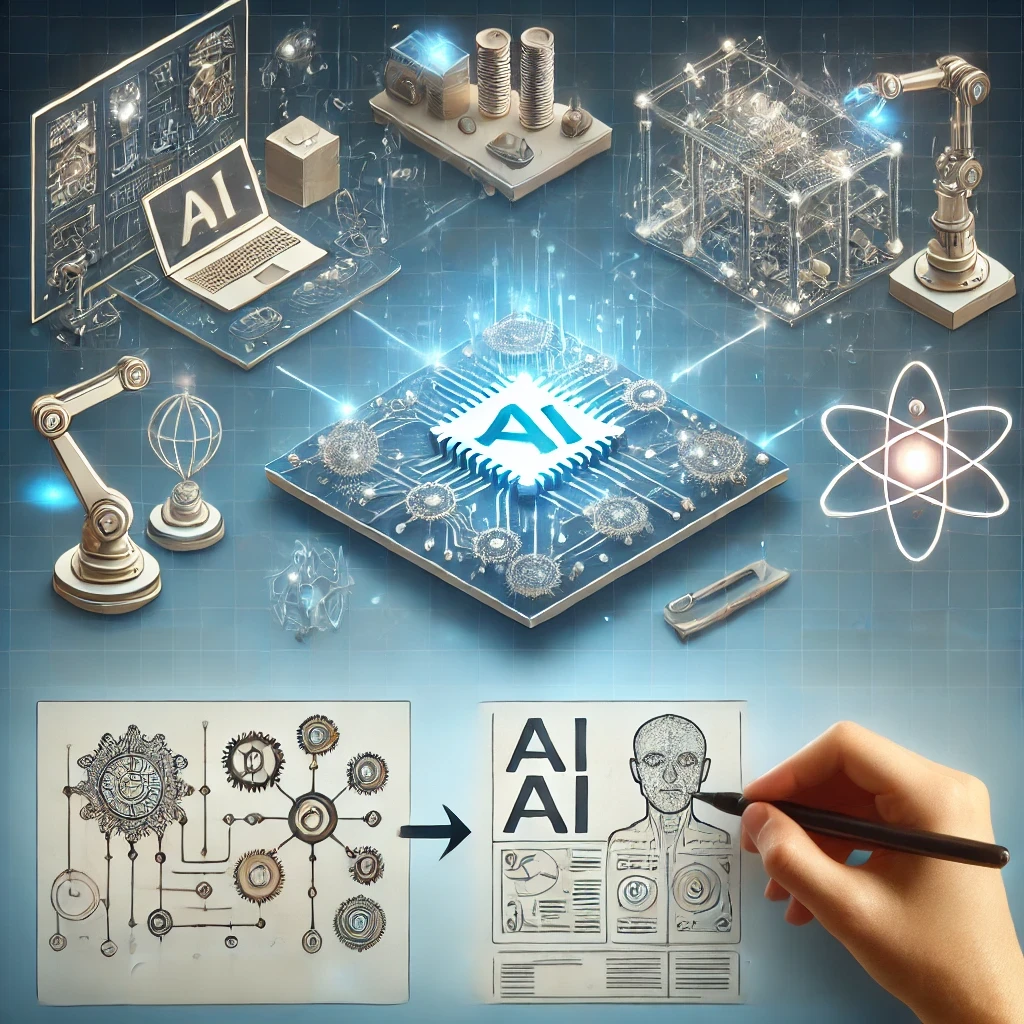
Computer Vision: Milestones, Trends & Future Insights
Computer vision has rapidly evolved from a research topic into a powerful business tool. In 2025, it's reshaping industries like retail, manufacturing, insurance, and content moderation by transforming images into actionable insights. This post explores the key milestones in computer vision's history, the six biggest trends driving its growth today, and a clear strategy for adopting vision technologies — from ready-to-use APIs to custom-built solutions. Whether you're looking to streamline operations, enhance customer experience, or gain a competitive edge, this guide will help you understand how to turn pixels into profit with AI-powered image processing.

Top AI Trends Shaping the Cybersecurity Industry in 2025
As cyber threats grow more complex, artificial intelligence is rapidly becoming a cornerstone of modern cybersecurity. In this blog post, we explore the top AI trends shaping the industry in 2025 — from real-time threat detection and intelligent access control to cognitive threat analysis and edge-based IoT security. Learn how AI-powered tools, both ready-to-use and custom-built, are transforming digital defense strategies and helping organizations stay ahead of evolving risks.

Top AI Trends in Agriculture for 2025
As agriculture faces rising demands and growing environmental challenges, AI is emerging as a powerful ally for farmers and agribusinesses. From precision farming and real-time crop health monitoring to automated harvesting and predictive analytics, this post explores the top AI trends set to transform agriculture in 2025. Discover how innovative tools and custom AI solutions are driving efficiency, sustainability and long-term profitability in modern farming.

Custom AI Development: Is It Worth the Investment?
Artificial intelligence is transforming industries, helping businesses automate tasks, optimize workflows and enhance decision-making. While off-the-shelf AI solutions — such as OCR APIs, object detection tools and background removal services — offer a quick and cost-effective entry point, they may not always meet the unique needs of specialized industries.
This blog post explores the strategic advantages of custom AI development, highlighting how tailored solutions can drive efficiency, cost savings and long-term profitability. From brand recognition in retail to automated inventory management in logistics, real-world examples illustrate how companies are leveraging AI to stay ahead.
Is a custom AI solution right for your business? Learn how to assess your readiness, build the right AI strategy and measure long-term ROI to make an informed investment that scales with your growth.

Key AI Trends Transforming the Broadcasting Industry in 2025
The broadcasting industry is undergoing a major transformation, driven by artificial intelligence. From AI-powered content creation and automated video production to real-time analytics and immersive viewer experiences, AI is reshaping how content is produced, distributed and monetized.
Broadcasters are using AI to personalize programming, enhance live event coverage and optimize ad placementswith real-time brand recognition. Computer vision is streamlining editing, background removal and object detection, making production faster and more efficient. Meanwhile, interactive features like AR overlays, live Q&A moderation and AI-generated captions are elevating audience engagement like never before.
As competition intensifies, broadcasters must strategically invest in AI — whether through off-the-shelf APIs for quick automation or custom AI solutions tailored for deeper innovation. The future of broadcasting belongs to those who leverage AI to stay ahead of evolving viewer expectations, improve efficiency and unlock new revenue opportunities.

The Cost of Developing Modern AI-Based Products
Artificial intelligence is transforming industries, but the cost of developing AI-based products varies widely depending on complexity, customization and long-term strategy. While off-the-shelf AI APIs provide an affordable and quick solution for startups and SMEs, enterprises often invest in custom AI development to gain a competitive edge. The right approach depends on a business’s stage, budget and objectives.
This article explores the financial and technical factors that influence AI costs, from basic open-source models to high-performance, scalable AI solutions. Whether you’re considering ready-made APIs for image recognition, OCR or background removal or looking into custom AI models for specialized applications, understanding the trade-offs between cost and performance is crucial.
AI development is not just about the initial price tag — its real value lies in long-term returns, automation and strategic advantage. Choosing the right AI solution can reduce operational costs, improve efficiency, and position businesses for future growth.

The Future of AI in Digital Marketing: Key Tools and Trends
Artificial intelligence is transforming digital marketing, enabling businesses to automate tasks, personalize customer experiences, and optimize campaigns with real-time data. From AI-powered image processing and text analytics to advanced personalization and automated content creation, AI is redefining how brands engage with audiences.
This blog post explores the most impactful AI-driven tools, emerging trends, and best practices for implementing AI in marketing. Businesses that embrace AI can improve efficiency, enhance customer engagement, and gain a competitive edge in an increasingly data-driven world.
As AI continues to evolve, staying ahead of the curve is crucial. Whether leveraging ready-to-go AI solutions or investing in custom AI development, now is the time for marketers to integrate AI into their strategies and future-proof their success.

Top 10 AI Trends Shaping the Healthcare and Medical Industry in 2025
Artificial intelligence is reshaping the healthcare industry, revolutionizing diagnostics, treatment and hospital management. In 2025, AI-driven innovations are set to enhance medical imaging accuracy, enable personalized treatments, streamline telehealth services and optimize hospital workflows. From AI-assisted surgery to real-time patient monitoring, these advancements promise faster, more efficient and more accessible healthcare solutions. However, challenges such as data privacy, regulatory compliance and implementation costs must be carefully navigated. As AI continues to evolve, healthcare providers must embrace strategic adoption, ensuring scalable and ethical integration. The future of medicine is AI-powered, transforming patient care into a smarter, data-driven experience.

Medical Imaging: Deep Learning for Early Diagnosis
Deep learning is revolutionizing medical imaging, driving faster, more accurate diagnoses and paving the way for personalized medicine. By integrating advanced algorithms with medical workflows, healthcare providers can detect diseases earlier, improve patient outcomes and reduce costs. From real-time analysis and wearable integration to predictive analytics, this transformative technology offers endless possibilities for shaping the future of healthcare. Discover how tailored AI solutions are unlocking new potential in medical imaging and empowering healthcare professionals to deliver smarter, more efficient care.

Building Custom AI: From Concept to Deployment Best Practices
Custom AI solutions are transforming how businesses operate, offering a tailored approach to solving specific challenges and unlocking new opportunities. Unlike off-the-shelf tools, custom AI provides long-term value by reducing costs, improving profitability and enabling scalability for evolving needs. This blog post explores the essential steps to building custom AI, from defining clear objectives and preparing high-quality data to selecting the right architecture and deploying solutions effectively. By embracing custom AI, businesses can enhance efficiency, stand out in competitive markets and future-proof their operations. Whether you're an e-commerce platform, a logistics company or a brand monitoring your reputation, this guide will help you navigate the journey from concept to deployment with best practices and actionable insights.

Tailored AI for Industry-Specific Challenges: Why One Size Doesn’t Fit All
In a world where one-size-fits-all solutions fall short, tailored AI is redefining how businesses tackle complex challenges. Unlike generic models, industry-specific AI solutions are designed to meet the unique demands of sectors like retail, healthcare, manufacturing and beyond. From enhancing operational efficiency to ensuring regulatory compliance and delivering exceptional user experiences, tailored AI offers precision and adaptability that unlocks untapped potential.
This blog explores why customized AI is essential, the steps to implement it effectively and the emerging trends shaping its future. Whether it's using real-time object detection for quality control or personalized image recognition for customer engagement, tailored AI empowers businesses to innovate, differentiate and grow in a competitive landscape. The future of AI isn’t generic — it’s tailored to your success.

The Future of Computer Vision: Trends to Watch
Delve into the transformative world of computer vision and uncover the trends that are redefining how machines perceive and interact with visual data. From the latest advancements in deep learning architectures like Vision Transformers to the real-time capabilities unlocked by edge computing, this exploration highlights the fusion of computer vision with natural language processing and the rise of multimodal AI. Understand the ethical considerations surrounding data privacy and bias and discover how API-based and custom solutions are making sophisticated image processing accessible across industries. Stay ahead of the curve by embracing these innovations that are not only shaping technology but also driving business competitiveness in a rapidly evolving digital landscape.
